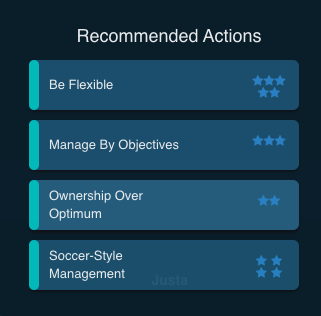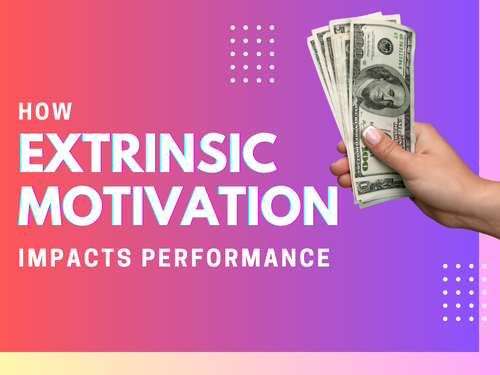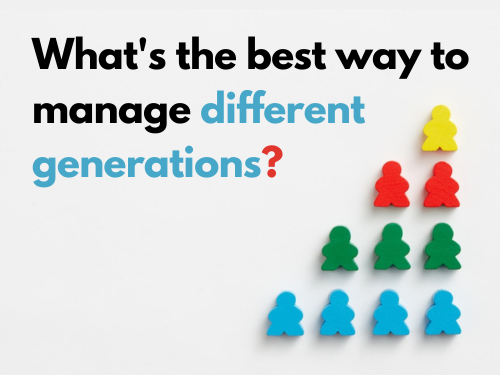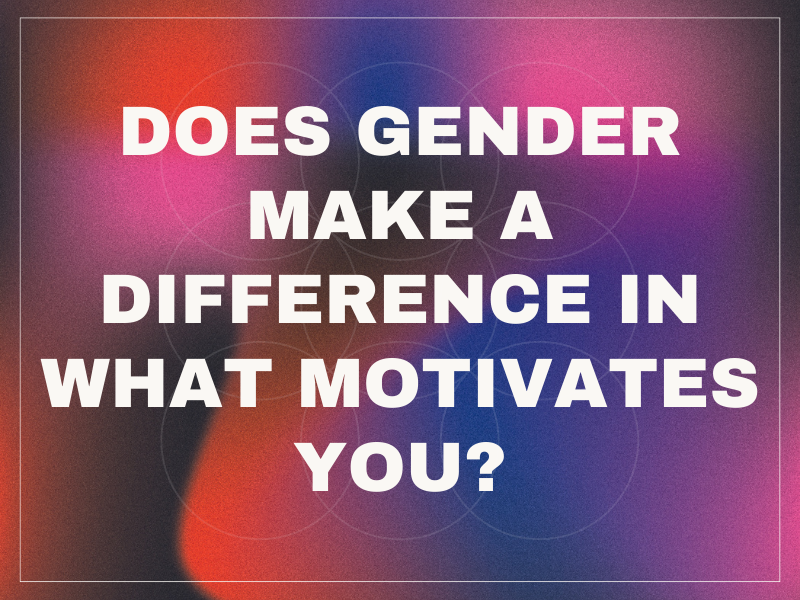The approach above works great if you can connect with each person individually. What do you do if your division or company is already beyond that point? You rely on software and big data to keep employees motivated. Most leaders would agree that after a company reaches a certain size, communication breaks down and you need to rely on tools to get things done. For example, a lot of companies manage their sales data in Excel tables and Spreadsheets because people on the floor are in close communication and keep things going. As the team grows larger, a Sales CRM where you can log and track customers becomes a necessity. Virtually every process in the company goes through a similar transformation: vacation tracking, accounting, social media management, etc. And yet when it comes to employee motivation, you are expected as a leader to keep a hundred things in mind and act on them: encourage feedback, promote work-life balance, recognize achievements, delegate and the list goes on… No one has the capacity to remember a personal preference of a thousand employees and no one has time to discuss those in a personal setting. That’s where software which identifies and measures intrinsic motivation comes in. It’s the only way to record personal motivation at scale and make meaningful changes to the company based on motivation data.
You can still connect personally with every person who reports to you and ensure that their needs are taken care of. This one action, which you can do every day as leader, will trickle down to the rest of the company down the line. If you’re only starting on your motivation journey, it’s a single best thing you can every day to keep everyone motivated in the long-term. If you need immediate action, following a crisis, a merger or a bad quarter, it’s best to bring science into the equation and use software which measures intrinsic motivation. This will not only help you to motivate your employees, but it will also eliminate any guesswork and ensure that your solutions to motivation are spot on.









